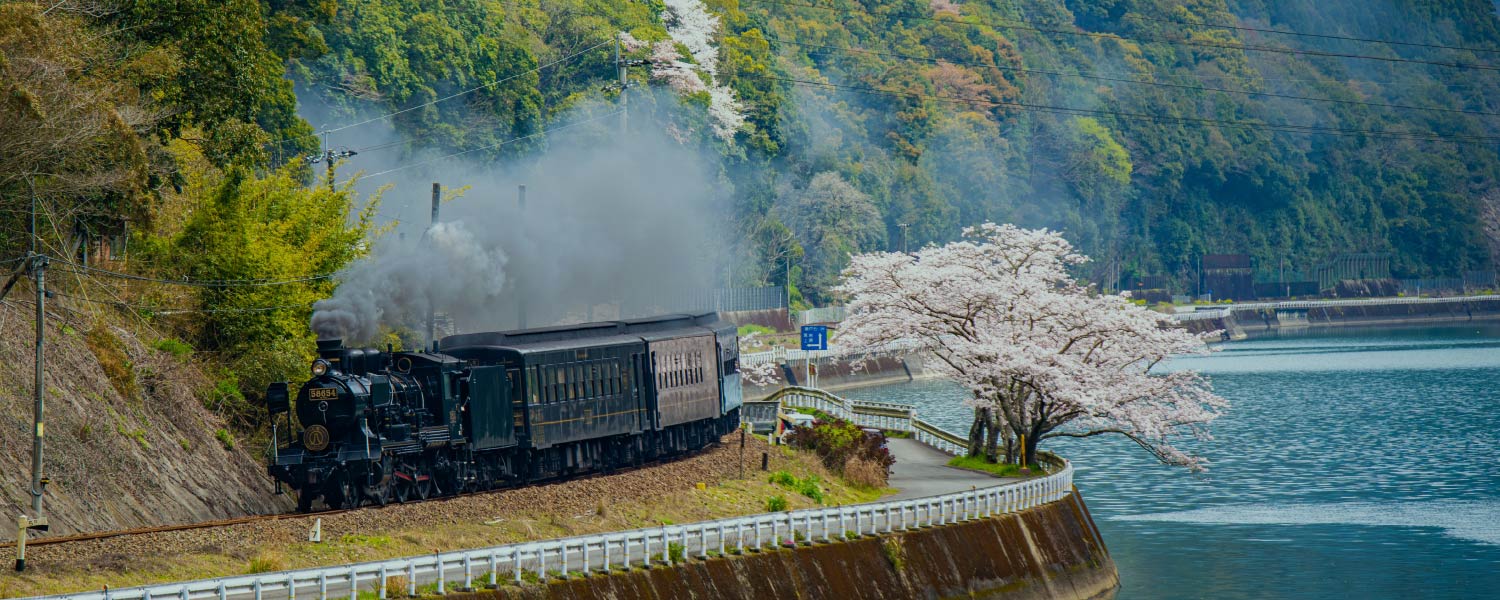History & Culture
The Hitoyoshi Kuma region has a long and unique history. A single family, the Sagara Family, ruled the area for nearly 700 years, from the end of the 1100s until the mid-1800s. This long, unbroken reign is rarely seen in other regions of Japan.
The Sagara family was active in trade with other southeast Asian regions. Some speculate that these trades brought alcohol distillation techniques to the region. In addition, the country's oldest written record of “shochu” comes from a shrine located in the former Sagara territory. The record lies on a wooden structure of the shrine. It reads “the boss is so cheap that he never offered us shochu”. This suggests that liquor was already produced and enjoyed in this region by the mid-1500s.
In 1657, the local government introduced a system requiring shochu producers to have “stock” to produce and sell their product. People evaded this requirement by turning to homebrew for private consumption. Since rice was valuable, farmers made homemade shochu with other grains, such as barley. The stock system was abolished in 1871 and the production of private liquor was banned altogether in 1898.
The technique of shochu making also went through many transformations. Traditional ingredients include boiled unpolished rice, koji made with yellow koji mold and unpolished rice, and water. Brewers fermented all the ingredients together in an earthen pot for about 30 days. This process cultivated lactic acid bacteria in a process similar to the kimoto starter culture of sake. Before distillation, brewers then added wood ash to neutralize the acidic mash. Around 1913, polished rice replaced unpolished rice as an ingredient. Black koji mold and white koji mold became alternatives to yellow koji mold in the 1940s and 1950s, respectively. White koji has been the most popular choice for making Kuma shochu since 1970. Around 1972, vacuum distillation became the dominant distillation method, lightening the taste of shochu.












